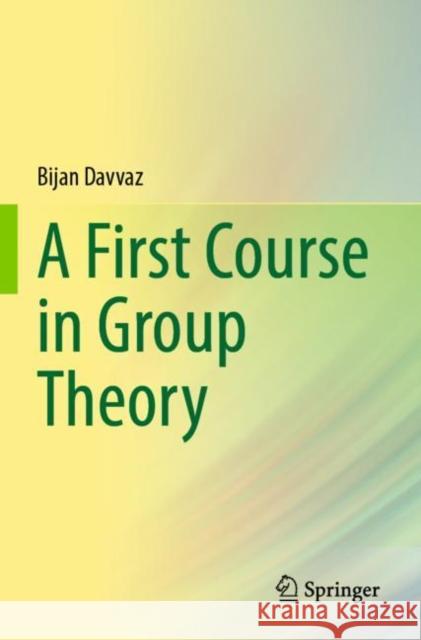A First Course in Group Theory » książka
topmenu
A First Course in Group Theory
ISBN-13: 9789811663673 / Angielski / Miękka / 2022 / 291 str.
A First Course in Group Theory
ISBN-13: 9789811663673 / Angielski / Miękka / 2022 / 291 str.
cena 201,72
(netto: 192,11 VAT: 5%)
Najniższa cena z 30 dni: 192,74
(netto: 192,11 VAT: 5%)
Najniższa cena z 30 dni: 192,74
Termin realizacji zamówienia:
ok. 22 dni roboczych.
ok. 22 dni roboczych.
Darmowa dostawa!
Kategorie:
Kategorie BISAC:
Wydawca:
Springer Verlag, Singapore
Język:
Angielski
ISBN-13:
9789811663673
Rok wydania:
2022
Ilość stron:
291
Wymiary:
23.5 x 15.5
Oprawa:
Miękka
Dodatkowe informacje:
Wydanie ilustrowane











